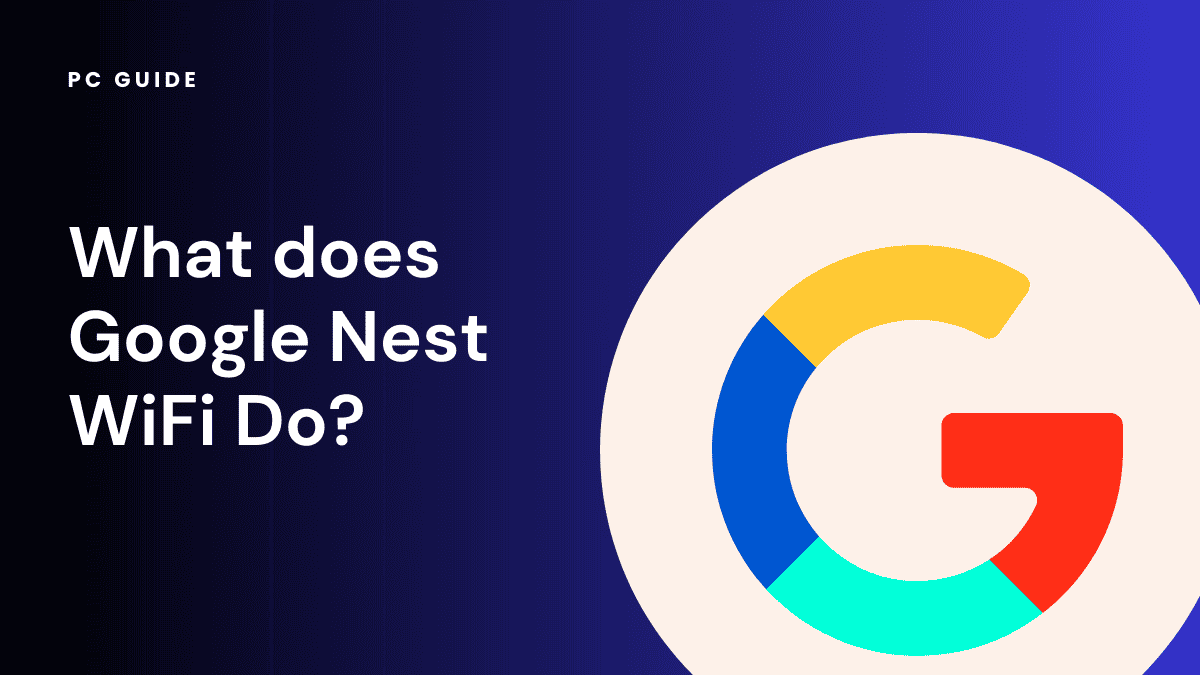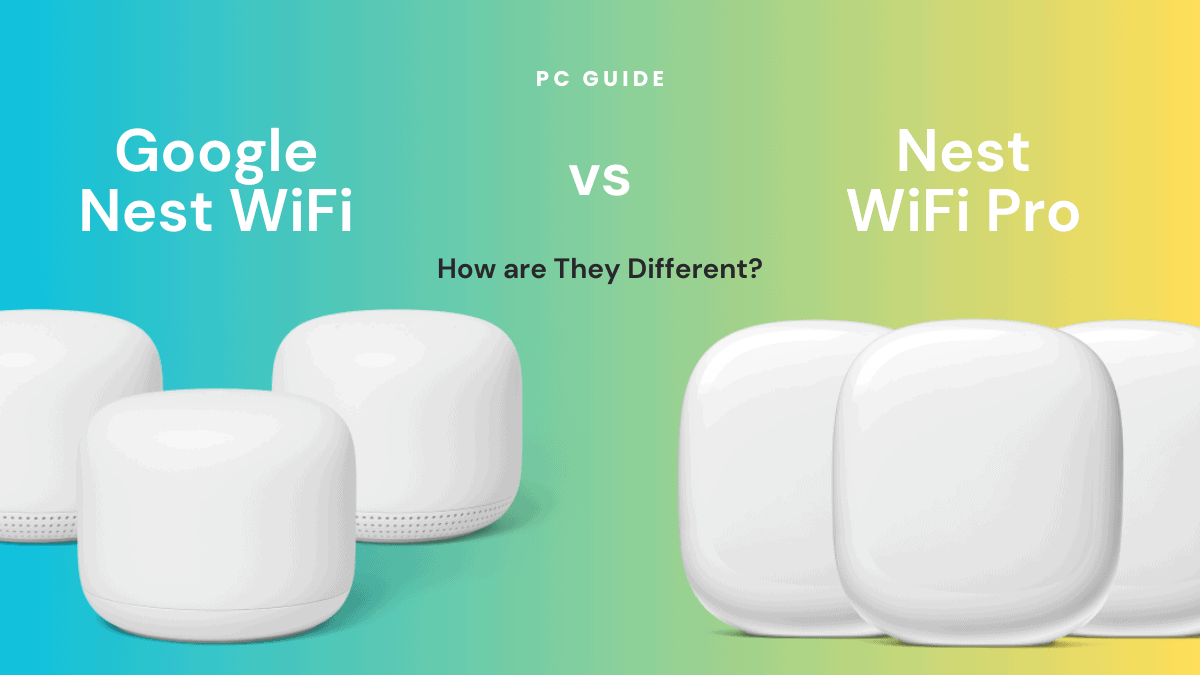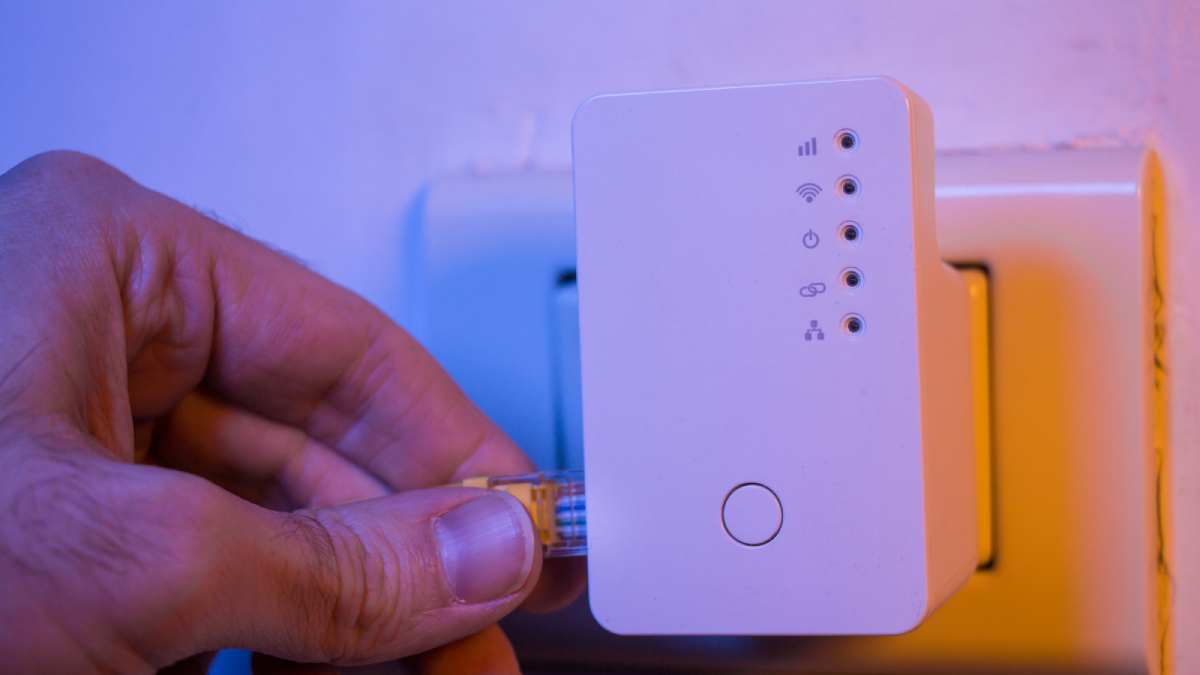Are you asking yourself, “What does Google Nest WiFi do?” This article will answer that question by delving into the capabilities of Google’s mesh WiFi solution, providing an updated roadmap of its features.
Launched in August, Google Nest WiFi is more than just a router; it’s a comprehensive solution for fast, reliable, and seamless WiFi coverage throughout your home. Powered by advanced CPU cores and the Phoenix APU, it’s designed to eliminate WiFi congestion, allowing you to move from room to room without losing your network connection.
But Google Nest WiFi does more than just provide internet access. It also integrates a smart speaker that supports Google Assistant, turning it into a hub for your smart home devices. Whether you’re streaming music or controlling your Navi smart devices, Google Nest WiFi has got you covered. If you have a large home and need a robust WiFi solution that fits into the CPU socket of your smart home ecosystem, Google Nest WiFi is worth the investment.
What are Nest WiFi Routers?
Nest WiFi routers are a product of Google, designed to provide a seamless and robust Wi-Fi network in your home. Unlike traditional routers, Nest WiFi routers are part of a mesh Wi-Fi system. This system works by having multiple routers, or ‘points’, work together to distribute Wi-Fi signals evenly across a large area.
Each of these routers communicates with each other, creating a single, unified network for all your devices. This eliminates the need for manual switching between networks as you move around your home.
Integration with Smart Home Devices
Google Nest WiFi does more than just provide internet access; it’s a central hub for your smart home. It’s designed to work seamlessly with a range of smart home devices, from Google’s own products like Google Home and Chromecast to third-party devices like smart lights, thermostats, and more.
With Google Nest WiFi, you can control your smart devices through the Google Home app or by using voice commands with Google Assistant. This makes it easier than ever to control your smart home.
Understanding the Mesh Wi-Fi System
A mesh Wi-Fi system, such as Google Nest WiFi, uses multiple routers, known as mesh routers, to spread Wi-Fi coverage across a larger area than a single router could manage. This is particularly useful for larger homes or buildings where a single router’s signal might not reach all areas.
The mesh system ensures that each device connected to the network gets a strong signal, regardless of its distance from a single router. The system automatically routes your connection through the best path, ensuring a stable and fast internet connection throughout your home.
How Does Bandwidth Factor In?
Bandwidth is a critical aspect of any Wi-Fi network. It determines how much data can be sent over the network at one time. Google Nest WiFi routers are designed to provide ample bandwidth for multiple devices, ensuring smooth internet usage even when multiple devices are connected.
This is particularly useful in today’s connected homes, where multiple devices like smartphones, tablets, smart TVs, and home automation devices are often connected to the network simultaneously. With Google Nest WiFi, you can stream, download, and browse without worrying about slowing down your network.
Coverage Area: How Many Square Feet Can Nest WiFi Cover?
Google Nest WiFi’s coverage depends on the number of routers you use. A single Nest WiFi router can cover up to 2200 square feet.
However, by adding more mesh routers, you can extend the coverage to fit your specific needs.
For instance, adding a second router can extend the coverage to 4400 square feet, and a third can cover up to 6600 square feet. This makes Google Nest WiFi an excellent solution for large homes or offices that require extensive Wi-Fi coverage.
Under the Hood: Storage, CPU, and Gigabit Ethernet Ports
Google Nest WiFi is powered by a quad-core ARM CPU and includes 1 GB of RAM and 4 GB of eMMC flash storage. This powerful hardware ensures smooth performance, even when multiple devices are connected.
In terms of connectivity, each Google Nest WiFi point comes with two Gigabit Ethernet ports. You can use these ports to connect wired devices or to connect to a modem.
How Does Google Nest WiFi Work?
Google Nest Wifi is built as an expandable mesh network system consisting of Wifi points and Wifi routers. The core Wifi coverage is provided by the router, which is connected to an internet modem and placed in a central location within the home. So to extend the mesh network range into other areas of the house, you simply plug additional Nest Wifi points into an electrical socket in the location.
By placing these Nest Wifi points in optimum positions around your home, your devices can maintain a strong Wifi signal at all times.
The Hardware: What’s Inside a Nest WiFi Router?
Each Nest WiFi router is packed with powerful hardware to ensure fast and reliable Wi-Fi. Inside, you’ll find a quad-core processor that handles network traffic efficiently, ensuring smooth performance even when multiple devices are connected.
The router also features an Ethernet port for direct, wired connections, which can provide even faster speeds for devices like gaming consoles or desktop computers. In terms of security, Google Nest WiFi comes with automatic updates and advanced security chips to keep your network safe from potential threats.
Understanding MU-MIMO and Its Impact on Wi-Fi Signal
MU-MIMO, or Multi-User Multiple Input Multiple Output, is a technology that allows a Wi-Fi router to communicate with multiple devices simultaneously. This technology, supported by Google Nest WiFi, improves the Wi-Fi signal and overall performance, especially in households where multiple devices are connected to the network at the same time.
With MU-MIMO, each device gets its dedicated connection, reducing latency and improving speeds.
Testing the Speed: Upload, Download, and Speed Tests
To ensure you’re getting the most out of your Google Nest WiFi, it’s important to conduct speed tests. These tests measure the upload and download speeds of your network, giving you a clear picture of its performance. There are many online tools available for this, such as Ookla’s Speedtest.
If your speeds are lower than expected, Google Nest WiFi offers features like priority device setting, which allows you to allocate more bandwidth to specific devices, improving their internet speeds.
Features of the Google Next WiFi
Aside from the built-in smart speaker with Google Assistant, Nest Wifi has some other features which are as follows:
Network Assistant
Google Nest Wifi has a Network Assistant feature that helps maintain signal strength from your bedroom to the basement. It manages your device’s network as you move around the house by switching to the closest Nest points with better speed.
Guest Network
This feature of Google’s mesh Wifi allows you to create a network for your guests. You can easily set up a Guest Network on the Google Home app. Once done, share the password with your guests to grant them access to the activities that you have selected.
Scheduled Pause
Scheduled Pause is another feature of the Google Nest Wifi that makes it possible to pause the internet in your house. You can activate this feature through the Family Wifi setup if you wish to disrupt the network during hours such as bedtime.
Preferred Activities
Google Nest Wifi has a setting for Preferred Activities that allows customization on the network. The system will prioritize the selected activities, resulting in a smoother connection.
With its simple sea musiceliable mesh connectivity, built-in Google Assistant, and fast dual-band speeds, Nest Wifi provides a robust and intelligent Wi-Fi system for modern smart homes. It eliminates Wi-Fi dead zones while also offering useful smart features for convenience.
Parental Controls and Nest WiFi
Google Nest WiFi comes with built-in parental controls that allow you to manage your children’s internet usage. Through the Google Home app, you can set online time limits, block access to certain websites, and even pause Wi-Fi access during certain times, such as dinner or bedtime.
This gives you greater control over your children’s online activities and ensures they have a safe and age-appropriate online experience.
Security and Encryption in Google Nest WiFi
Security is a critical consideration for any Wi-Fi router. Google Nest WiFi uses advanced encryption technology to keep your network secure. It uses WPA3 encryption, the latest protocol that provides improved security over the previous WPA2 protocol.
Additionally, Google Nest WiFi receives automatic software updates, which include the latest security patches and improvements.
Google Nest WiFi vs. Competitors: Amazon, TP-Link, and Netgear
The market for Wi-Fi routers is crowded, with offerings from Amazon (like the Amazon Eero), TP-Link, and Netgear. While each of these routers has its strengths, Google Nest WiFi stands out for its seamless integration with Google products, easy setup, and robust parental controls.
Compared to Amazon’s Eero, Google Nest WiFi offers a more extensive range. While TP-Link and Netgear routers might appeal to more tech-savvy users with their advanced settings, Google Nest WiFi keeps things simple and user-friendly.
Takeaway
In conclusion, if you’ve been asking, “What does Google Nest WiFi do?” the answer is quite a lot. From providing robust WiFi systems that cover up to thousands of sq ft, to acting as a central hub for your smart home devices, the Google Nest WiFi router offers a comprehensive solution for your internet and smart home needs.
With the ability to schedule WiFi access and manage your network through the Nest Hub, it gives you control and flexibility over your internet usage. Moreover, with the integration of Thread, a low-power networking technology, it’s ready to support a new generation of smart home devices.
So, whether you’re looking for a reliable internet connection, a hub for your smart home, or both, Google Nest WiFi could be the solution you need.





